March 31, 2016
Flexible workspace underpins Hong Kong’s status as Asia’s hub 0
 Despite the challenging cost of real estate and general commercial life in Hong Kong, startup activity in the city has seen exponential growth in the last few years, fuelled in part by new and innovative approaches to occupying workspace. The conventional Hong Kong office market is, famously, the most expensive of its kind – making it challenging for small and medium sized businesses to enter the market via this form of space. Despite this, the region’s startup scene is booming. According to an InvestHK survey, over 1500 startups bloomed in Hong Kong in 2015, which is a 46 percent increase compared to the previous year. And those numbers are likely to keep growing. So the question is, how do cash-strapped entrepreneurs, startups and other businesses manage to establish a base in this thriving city, despite these challenges, and what lessons does Hong Kong’s experience have for the rest of the world?
Despite the challenging cost of real estate and general commercial life in Hong Kong, startup activity in the city has seen exponential growth in the last few years, fuelled in part by new and innovative approaches to occupying workspace. The conventional Hong Kong office market is, famously, the most expensive of its kind – making it challenging for small and medium sized businesses to enter the market via this form of space. Despite this, the region’s startup scene is booming. According to an InvestHK survey, over 1500 startups bloomed in Hong Kong in 2015, which is a 46 percent increase compared to the previous year. And those numbers are likely to keep growing. So the question is, how do cash-strapped entrepreneurs, startups and other businesses manage to establish a base in this thriving city, despite these challenges, and what lessons does Hong Kong’s experience have for the rest of the world?





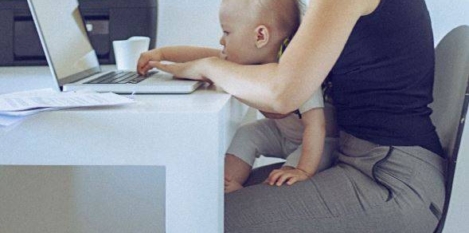

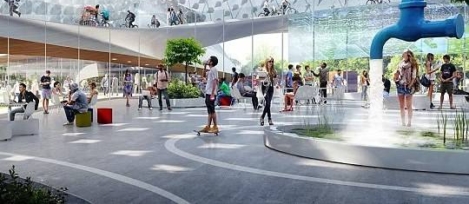



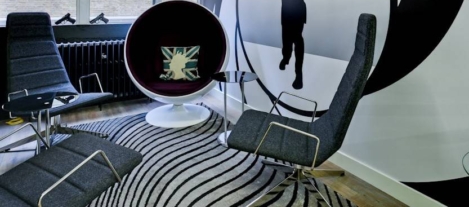
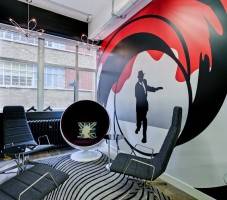
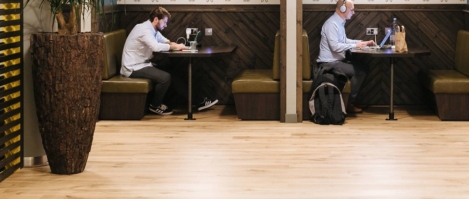
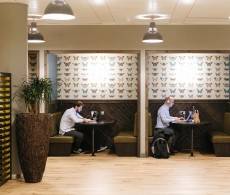
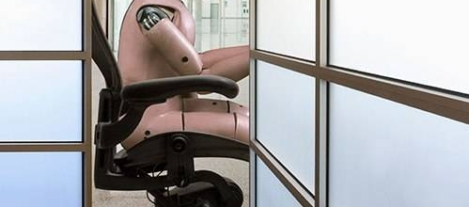
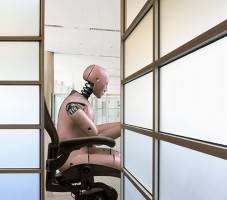
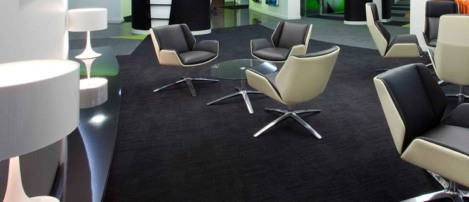
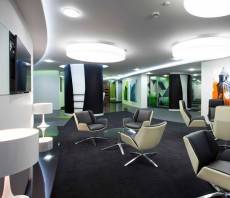
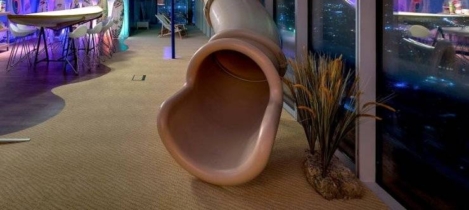
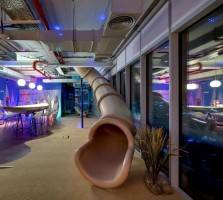



















March 31, 2016
Government needs to wise up to the Fourth Industrial Revolution 0
by Mark Eltringham • Comment, Property, Public Sector, Technology
More →